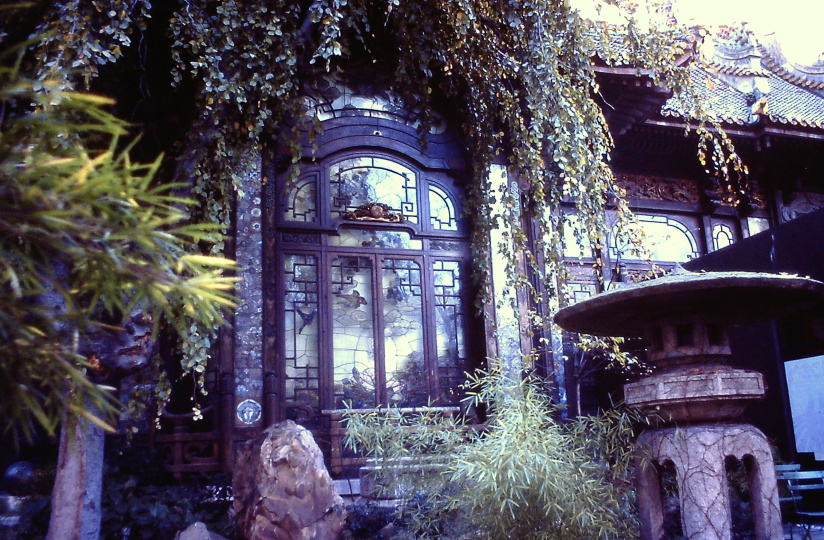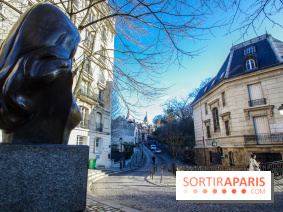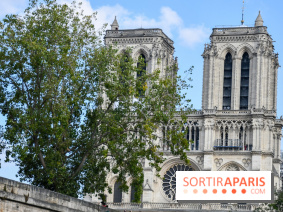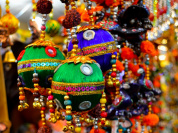Paris is full of unusual secrets. Just when you think you know it well, the capital manages to surprise you even more. Among these astonishing places are three pagodas that transport us to East Asia. How did they get there? What is their history? Here are the secrets of these Parisian pagodas.
Monsieur Loo's Pagoda
In the midst of stone buildings, you may be surprised to come across a pagoda. Such is the case in Paris's 8th arrondissement, at 48 rue de Courcelles. This is where you'll find the Pagode de Monsieur Loo, a Chinese pagoda whose red color and architecture stand out from the rest of the neighborhood.
Originally a private mansion built in 1880, it was bought by art dealer Ching Tsai Loo in the early 20th century. He decided to transform the building into a Chinese pagoda. Architect Fernand Bloch took up the challenge, and by 1926, the Parisian mansion had become a pagoda.
A Cinema in a Pagoda
La Pagode cinema caused quite a stir when it closed in 2015. This art-house cinema was known for its unusual Japanese-inspired architecture. Built in 1896 by architect Alexandre Marcel, it was originally a gift from François-Émile Morin, director of Le Bon Marché, for his wife.
In 1931, La Pagode became a cinema open to the public, and was the only one in the 7th arrondissement. Even today, it remains famous for its auditorium and Japanese garden, which are listed as historic monuments. In 2015, La Pagode closed for renovation. It was bought 2 years later by Charles S Cohen, an American real estate developer, who reportedly intends to reopen the cinema.
La Pagode de Vincennes
From the outside, it doesn't look like a pagoda. This is to be expected, given that it was originally two pavilions erected for the1931 Colonial Exhibition: one for Cameroon, the other for Togo. In 1977, the former Cameroon pavilion was transformed into a pagoda. These buildings now house the Institut International Bouddhique and Union Bouddhiste de France.
The pagoda houses relics as well as Europe's largest Buddha: the gold-leaf-covered statue is 9 metres high, including the base. The Kagyu-Dzong Tibetan Buddhist temple is also located here.
Prices
Free



























